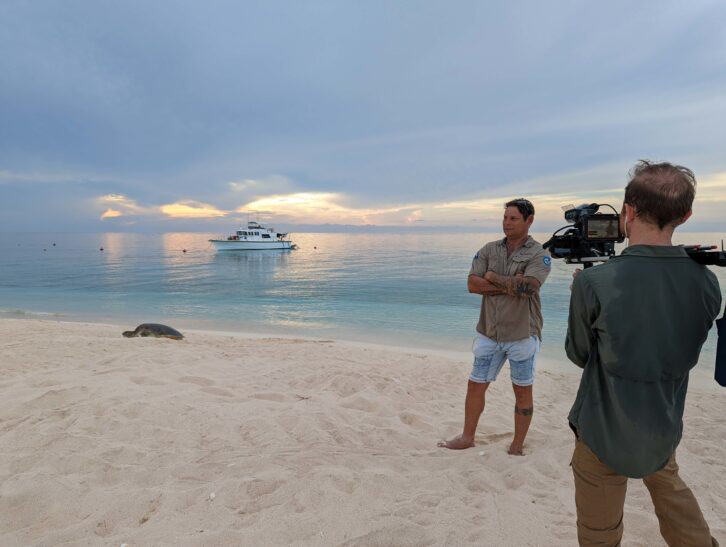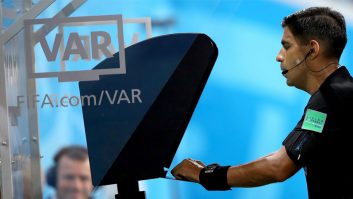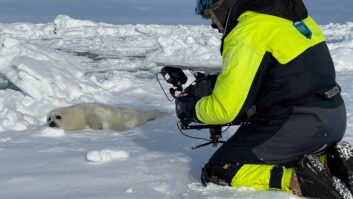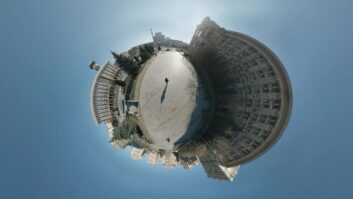The BBC’s latest natural history series Planet Earth III employs a number of technological innovations as it premieres on screen on Sunday 23rd October.
The series was filmed over the course of nearly five years and uses what the BBC describes as pioneering filmmaking technology to reveal the greatest wonders of life on earth.
Lightweight drones, high-speed cameras and remotely operated deep-sea submersibles have been deployed to take viewers to unseen landscapes, from remote jungle to scorching deserts, and from the darkest caves to the depths of the ocean.
The series filmed for 1,904 days, with 134 shots, 50 of which were managed remotely. The crew spent a total of 797 days in quarantine, more than two years.

According to series producer Mike Brandon, filming the series during the pandemic meant the production team were able to learn how to manage more shoots remotely, as well as work with more local producers and cinematographers.
“We met great local filmmakers like Abdullah Khan, who is a self-taught cameraman from Pakistan and who filmed the Indus river dolphin for us,” said Brandon. “Perhaps the funniest example of a remote shoot is the octopus sequence in Ocean – director Will Ridgeon was at home in Bristol, directing a camera on a remotely operated vehicle thousands of miles away, two miles beneath the surface of the ocean. That certainly wouldn’t have been possible for the original Planet Earth.”
Episode one focuses on the world’s coasts, and includes 13 shoots, with seven managed remotely.
It includes the first ‘onboard’ view from a southern right whale – a specially designed and custom-built motion ‘tag’ camera reveals a whale’s-eye-view of Península Valdés.
It also features footage of the first lions to return to Namibia’s Coast in 40 years. The sequence was filmed at night using a military-grade thermal camera, which enabled the crew to capture footage of lions hunting cormorants at night.







